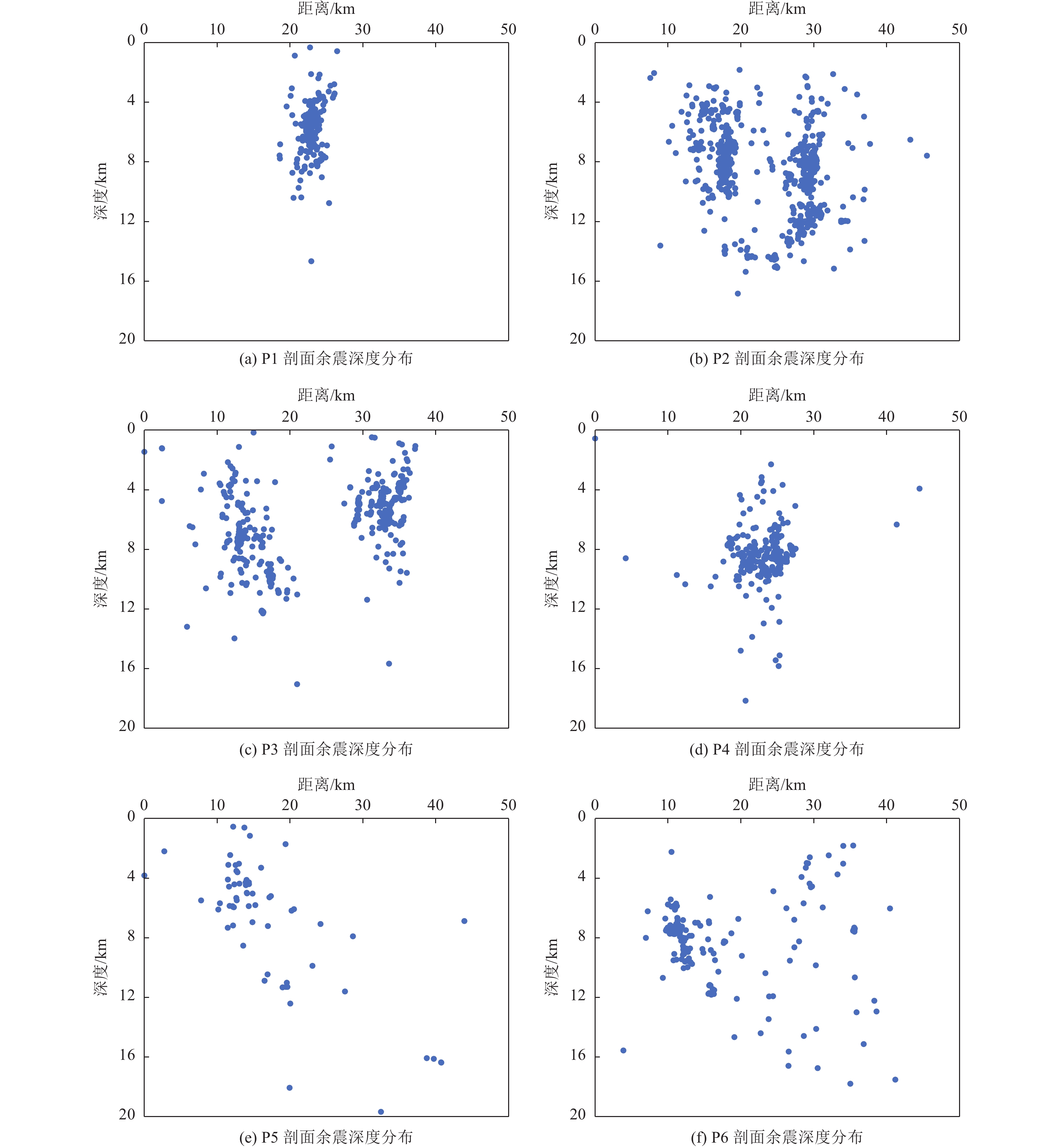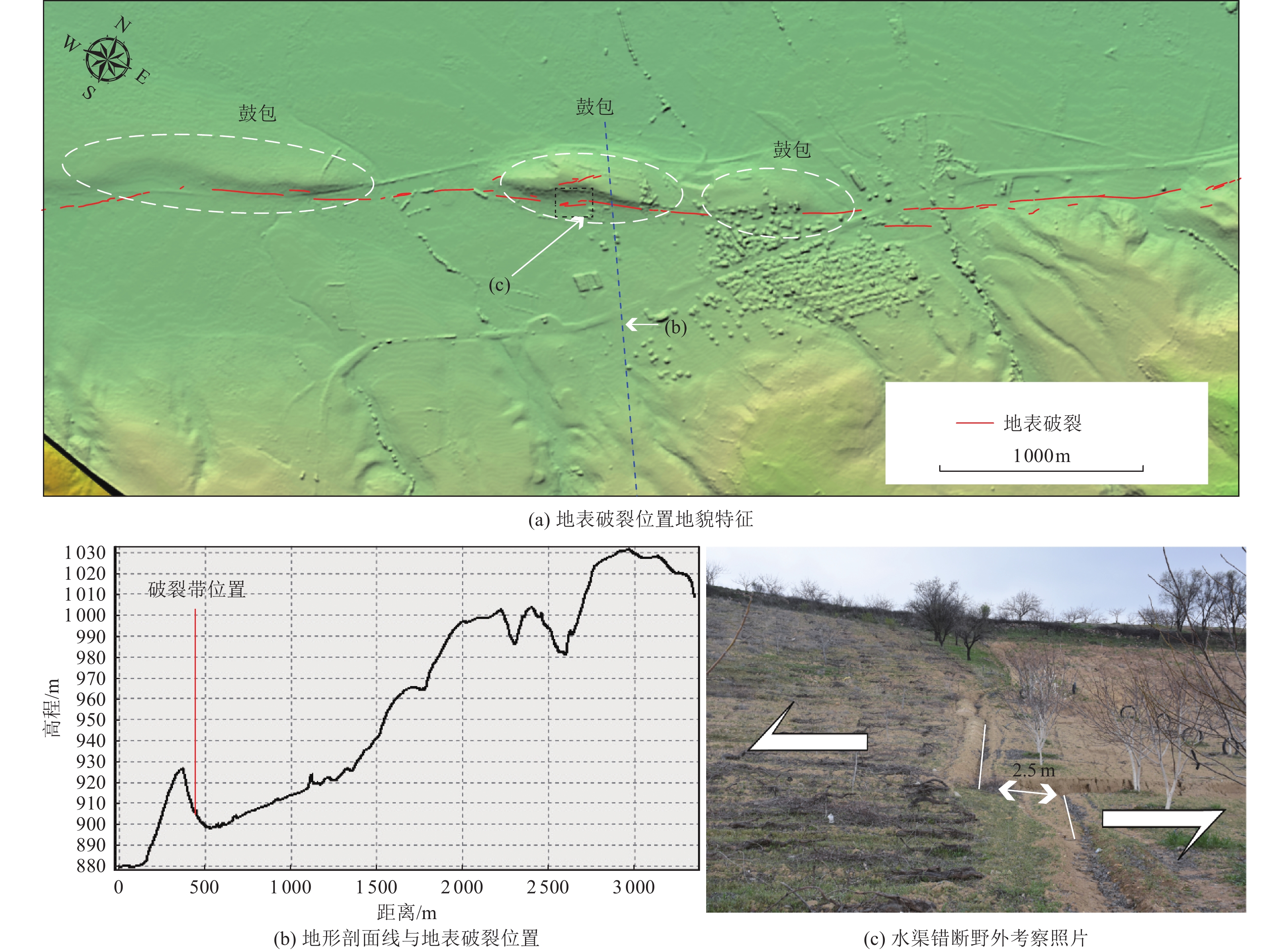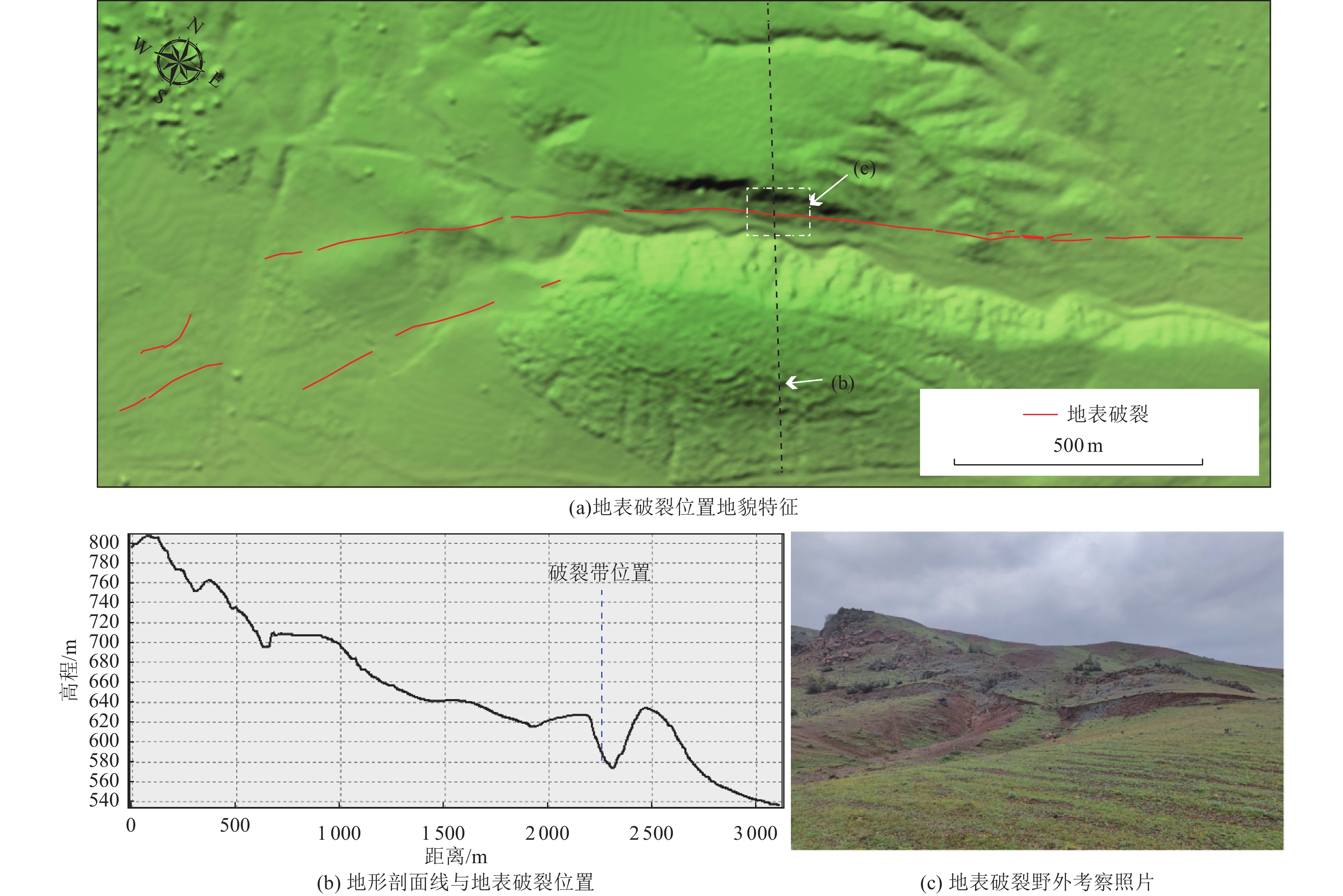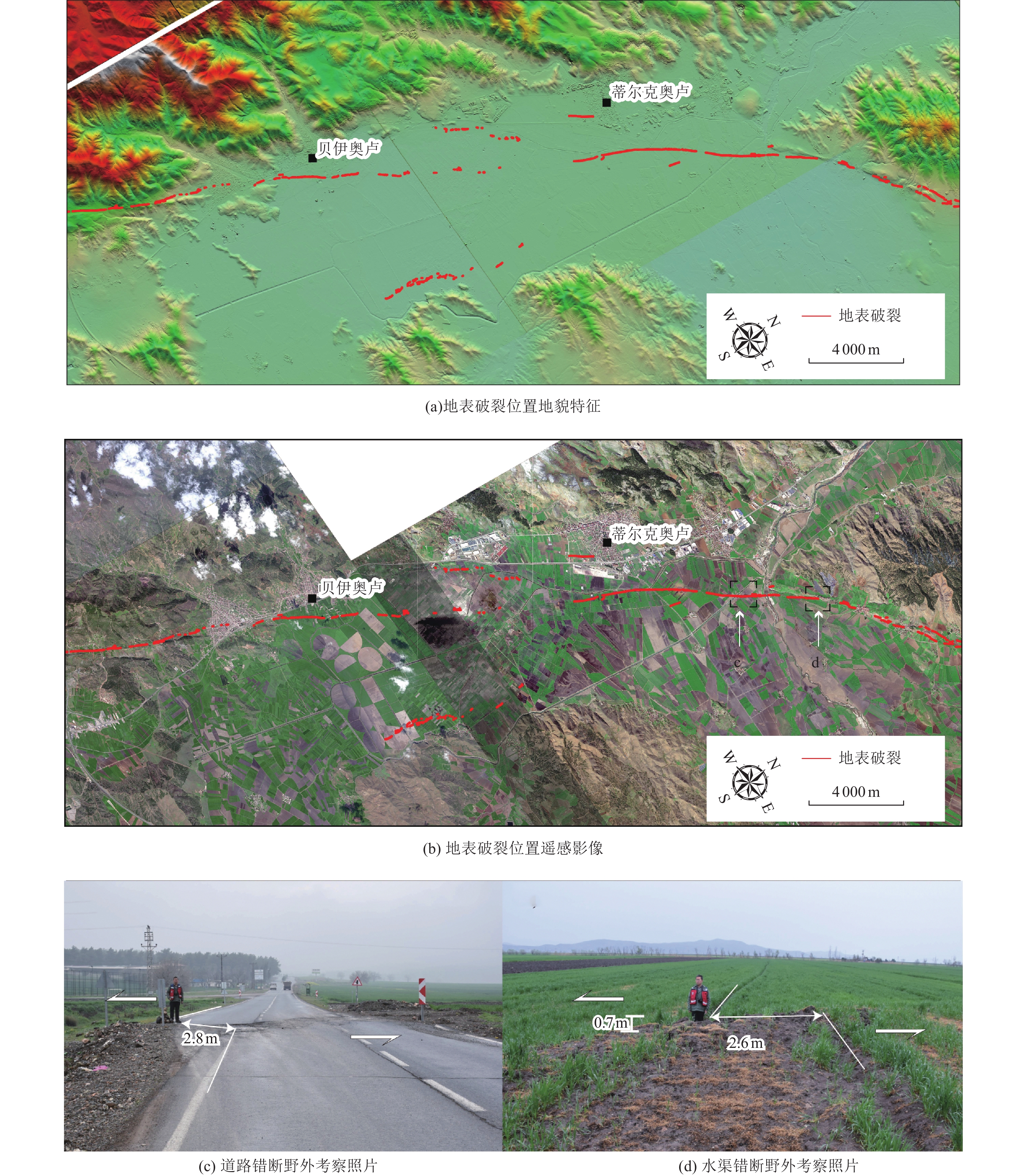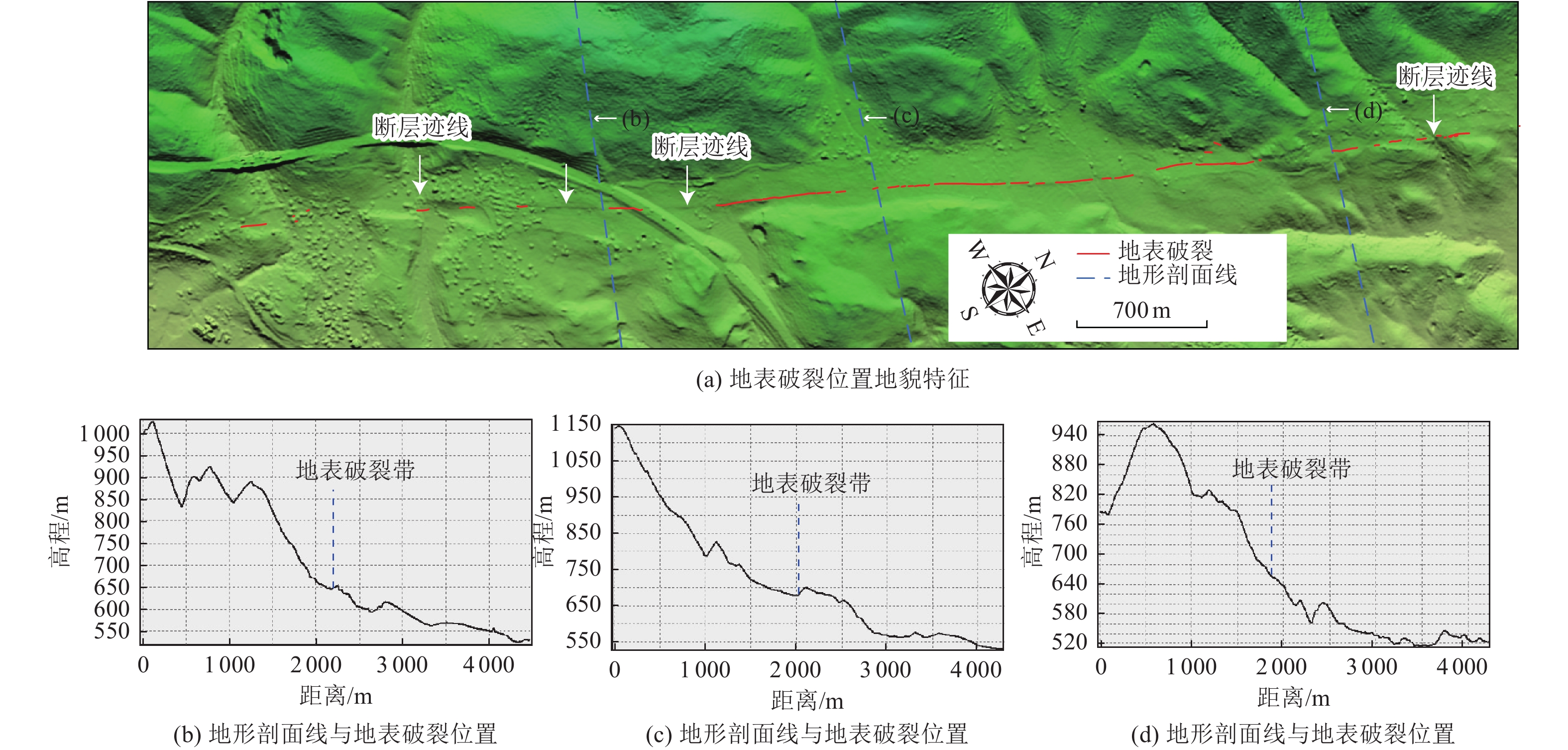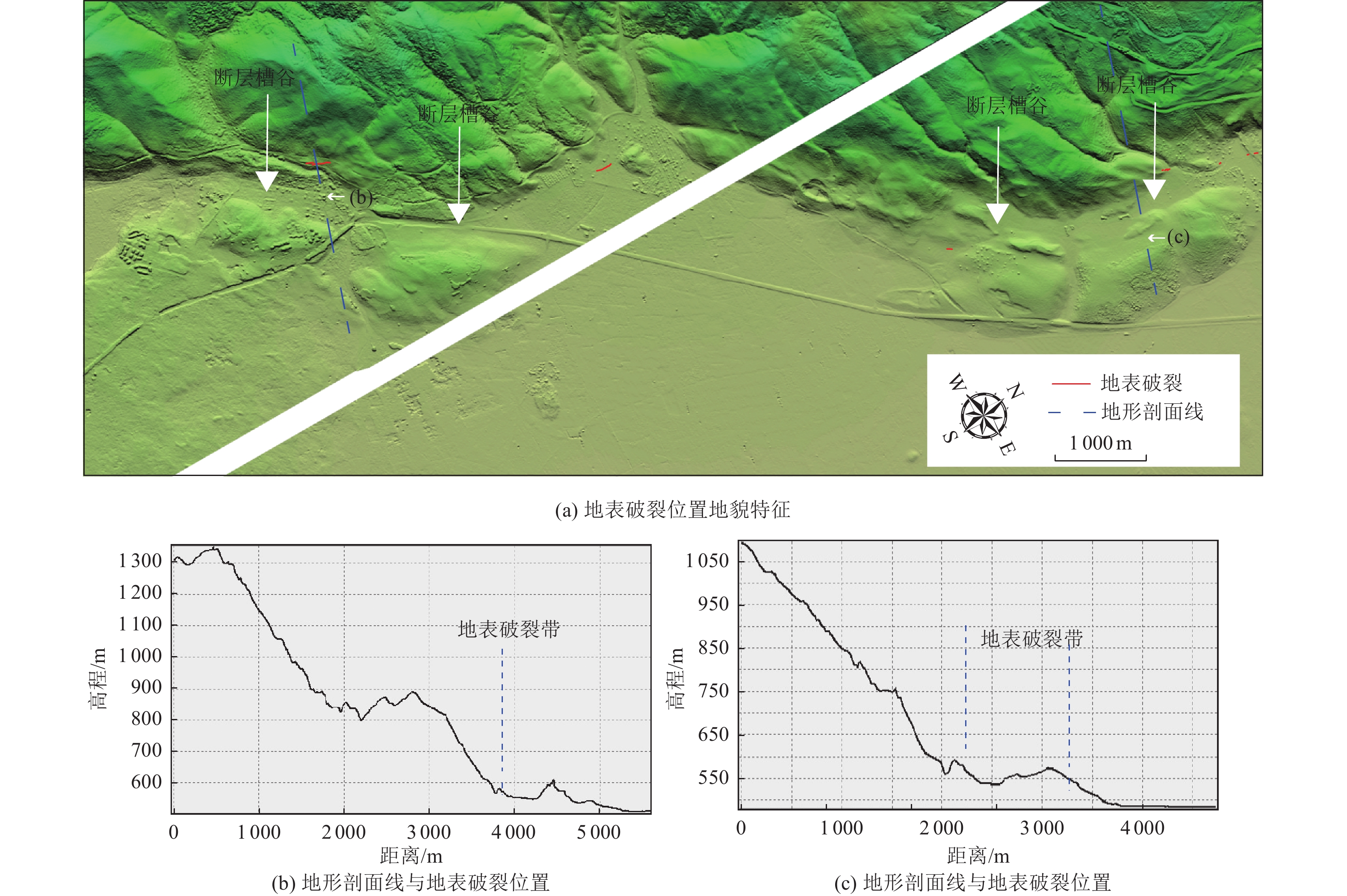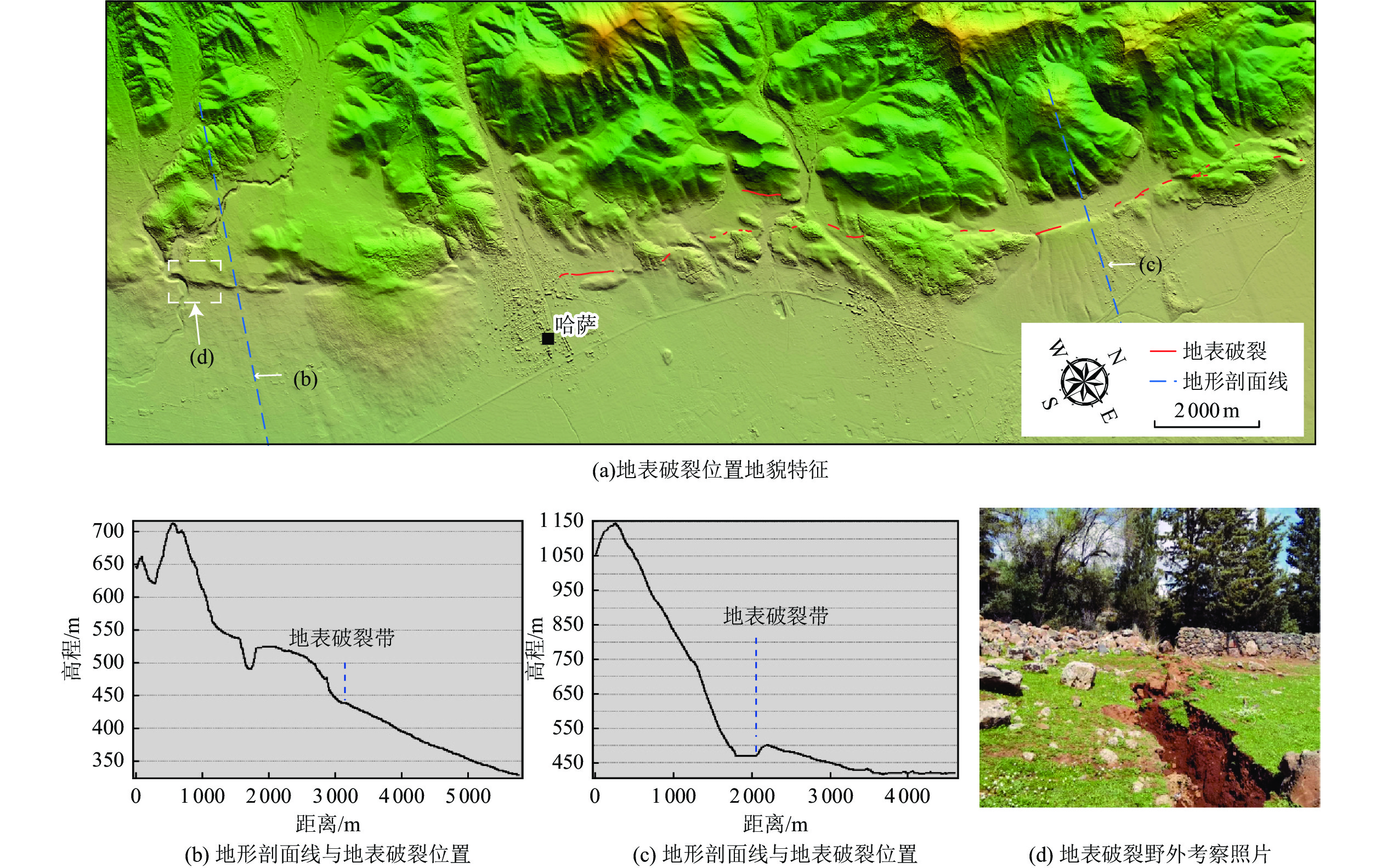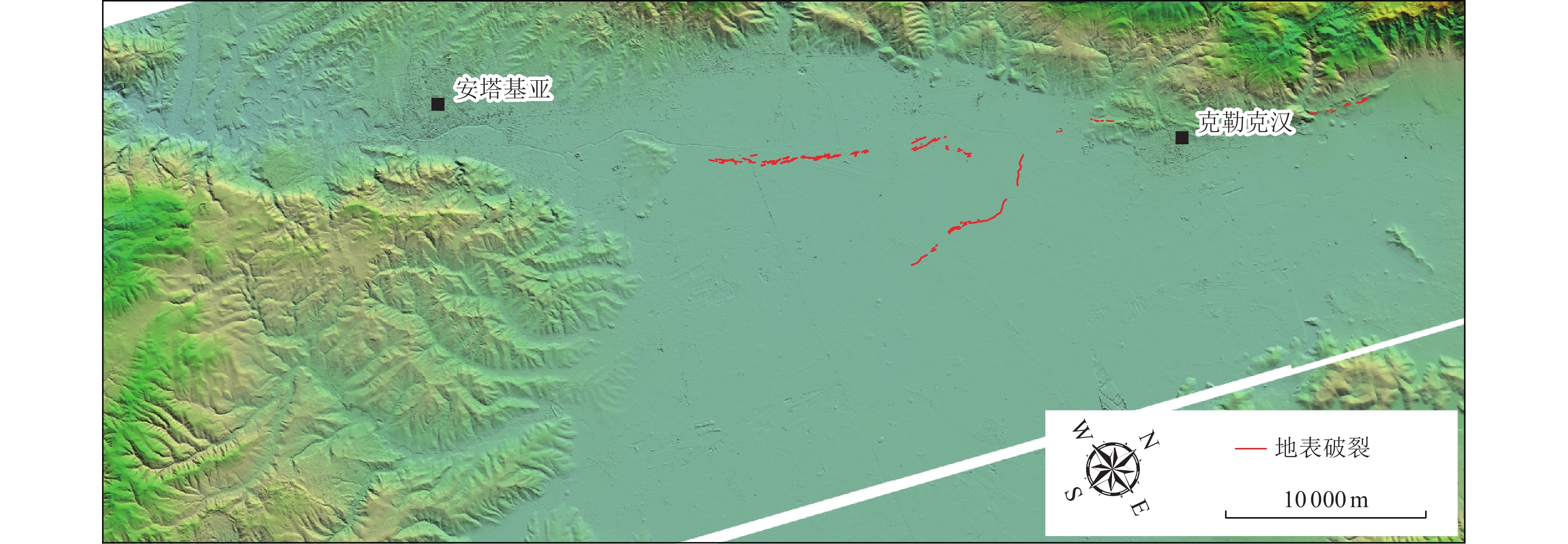|
Ding H. Y., Zhou Y. J., Ge Z. X., et al., 2023. High-resolution seismicity imaging and early aftershock migration of the 2023 kahramanmaraş (SE Türkiye) MW7.9 & 7.8 earthquake doublet. Earthquake Science, 36.
|
|
Duman T. Y., Emre, Ö., 2013. The East Anatolian fault: geometry, segmentation and jog characteristics. Geological Society, London, Special Publications, 372: 495—529.
|
|
Emre Ö., Duman T. Y., Olgun Ş., 2011. 1: 250, 000 Scale active fault map series of turkey, general directiorate of mineral research and exploration, Ankara-Tukey.
|
|
Emre Ö., Duman T. Y., Özalp S., et al., 2013. Active fault map of turkey with an explanatory text 1: 1, 250, 000 scale. Ankara, Turkey: General Directorate of Mineral Research and Exploration.
|
|
Emre Ö., Duman T. Y., Özalp S., et al., 2018. Active fault database of Turkey. Bulletin of Earthquake Engineering, 16(8): 3229−3275. doi: 10.1007/s10518-016-0041-2
|
|
Feld C., Mechie J., Hübscher C., et al., 2017. Crustal structure of the Eratosthenes seamount, Cyprus and S. turkey from an amphibian wide-angle seismic profile. Tectonophysics, 700—701: 32—59.
|
|
Guo Y. L., Li H. F., Liang P., et al., 2023. Preliminary report of coseismic surface rupture (part) of Turkey’s MW7.8 earthquake by remote sensing interpretation. (2023-04-06)[2023-07-16]https://doi.org/10.1016/j.eqrea.2023.100219
|
|
Güvercin S. E., Karabulut H., Konca A. Ö., et al., 2022. Active seismotectonics of the East Anatolian fault. Geophysical Journal International, 230(1): 50−69. doi: 10.1093/gji/ggac045
|
|
Jackson J., McKenzie D., 1988. The relationship between plate motions and seismic moment tensors, and the rates of active deformation in the Mediterranean and Middle East. Geophysical Journal International, 93(1): 45−73. doi: 10.1111/j.1365-246X.1988.tb01387.x
|
|
Karabacak V., Altunel E., Meghraoui M., et al., 2010. Field evidences from northern Dead Sea Fault Zone (South Turkey): new findings for the initiation age and slip rate. Tectonophysics, 480(1-4): 172−182. doi: 10.1016/j.tecto.2009.10.001
|
|
Karabacak V., Altunel E., 2013. Evolution of the northern dead sea fault zone in southern turkey. Journal of Geodynamics, 65: 282−291. doi: 10.1016/j.jog.2012.04.012
|
|
Karabacak V., Özkaymak Ç., Sözbilir H., et al., 2023. The 2023 Pazarcık (Kahramanmaraş, Türkiye) earthquake (MW7.7): implications for surface rupture dynamics along the East Anatolian Fault Zone. Journal of the Geological Society, 180(3): jgs2023−020.
|
|
Mahmoud Y., Masson F., Meghraoui M., et al., 2013. Kinematic study at the junction of the East Anatolian fault and the Dead Sea fault from GPS measurements. Journal of Geodynamics, 67: 30−39. doi: 10.1016/j.jog.2012.05.006
|
|
Melgar D., Taymaz T., Ganas A., et al., 2023. Sub- and super-shear ruptures during the 2023 MW 7.8 and MW 7.6 earthquake doublet in SE Türkiye. Seismica, 2(3).
|
|
Okuwaki R., Yagi Y., Taymaz T., et al., 2023. Multi-scale rupture growth with alternating directions in a complex fault network during the 2023 south-eastern Türkiye and Syria earthquake doublet. Geophysical Research Letters, 50(12): e2023GL103480. doi: 10.1029/2023GL103480
|
|
Over S., Ozden S., Yilmaz H., 2004. Late Cenozoic stress evolution along the Karasu Valley, SE Turkey. Tectonophysics, 380(1-2): 43−68. doi: 10.1016/j.tecto.2003.11.011
|
|
Wu F., Xie J. J., An Z., Lyu C. H., et al., 2023. Pulse-like ground motion observed during the 6 February 2023 MW7.8 Pazarcık Earthquake (Kahramanmaraş, SE Türkiye). Earthquake Science, 36(4): 328−339. doi: 10.1016/j.eqs.2023.05.005
|
|
Xu C. Y., Zhang Y., Hua S. B., et al., 2023. Rapid source inversions of the 2023 SE Türkiye earthquakes with teleseismic and strong-motion data. Earthquake Science, 36(4): 316−327. doi: 10.1016/j.eqs.2023.05.004
|
|
Yönlü Ö., Altunel E., Karabacak V., 2017. Geological and geomorphological evidence for the southwestern extension of the East Anatolian Fault Zone, Turkey. Earth and Planetary Science Letters, 469: 1−14. doi: 10.1016/j.jpgl.2017.03.034
|
|
Yürür M. T., Chorowicz J., 1998. Recent volcanism, tectonics and plate kinematics near the junction of the African, Arabian and Anatolian plates in the eastern Mediterranean. Journal of Volcanology and Geothermal Research, 85(1-4): 1−15. doi: 10.1016/S0377-0273(98)00046-8
|
|
Zhao J. J., Chen Q., Yang Y. H. et al., 2023. Coseismic faulting model and post-seismic surface motion of the 2023 Turkey−Syria earthquake doublet revealed by InSAR and GPS measurements. Remote Sensing, 15(13): 3327. doi: 10.3390/rs15133327
|




 下载:
下载:

